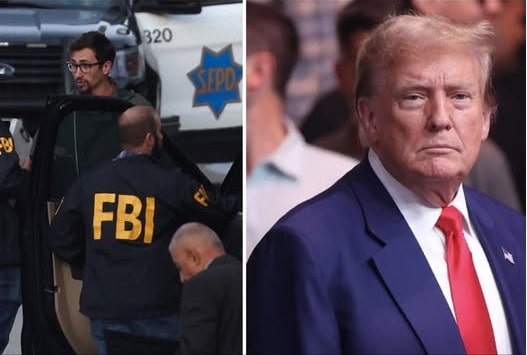On February 8, 2025, Samuel Mendoza-Torres, a 29-year-old Mexican national, was apprehended near the Santa Teresa Border Patrol Station in New Mexico for illegal entry into the United States. During transportation to the station, Mendoza-Torres allegedly offered a Border Patrol agent $400 in exchange for his release, acknowledging that bribing an agent was illegal. If convicted, he faces up to 20 years in prison. The U.S. Border Patrol and the FBI are jointly investigating the case.
This incident occurs amid a broader crackdown on illegal immigration under President Donald Trump’s administration. Tom Homan, appointed as the administration’s “border czar,” has emphasized the goal of eradicating criminal migrants from the U.S. Recent data indicates a significant decrease in daily border encounters, with numbers dropping from over 11,000 daily under the previous administration to just 229. Additionally, there has been a 98% increase in arrests of migrants with criminal records and a 105% surge in arrests of suspected gang members s ince Trump’s inauguration.
In line with these enforcement efforts, U.S. Customs and Border Protection (CBP) recently seized substantial amounts of cocaine at Texas border locations. In Pharr, officers discovered over 82 pounds of cocaine concealed in a vehicle, while in Laredo, an additional 37 pounds were found during a secondary inspection. These operations led to the arrest of three Mexican citizens. Furthermore, U.S. Immigration and Customs Enforcement (ICE) agents apprehended a member of the Cartel del Golfo in Harlingen, Texas, who had a prior felony record and led a sicário cell.
The administration’s intensified focus on immigration enforcement has also led to structural changes within ICE. Two senior officials were recently reassigned due to not meeting deportation and arrest targets set by President Trump. This move underscores the administration’s commitment to its immigration policies and the prioritization of public safety threats.
These developments reflect the administration’s broader strategy to strengthen border security and address illegal immigration through rigorous enforcement and organizational restructuring.





